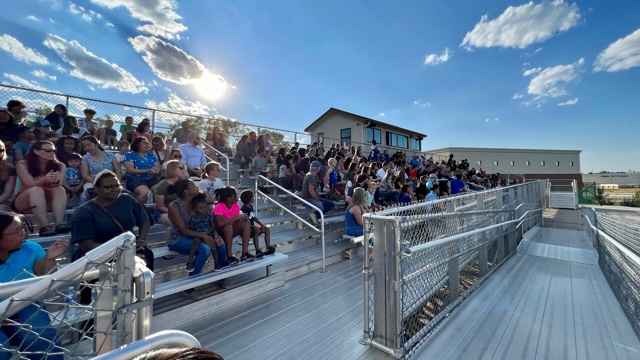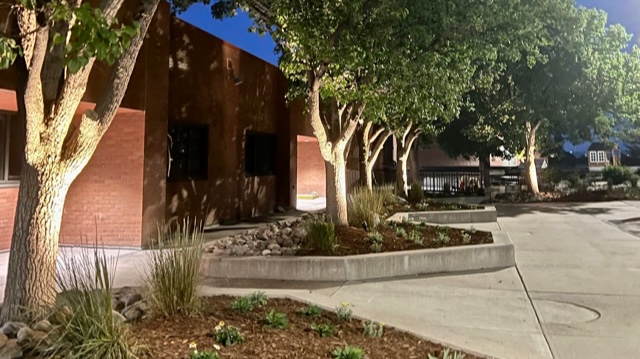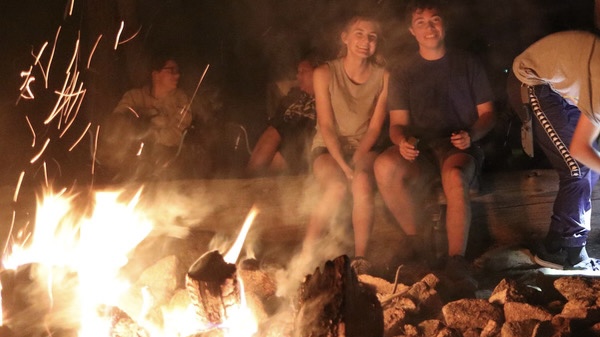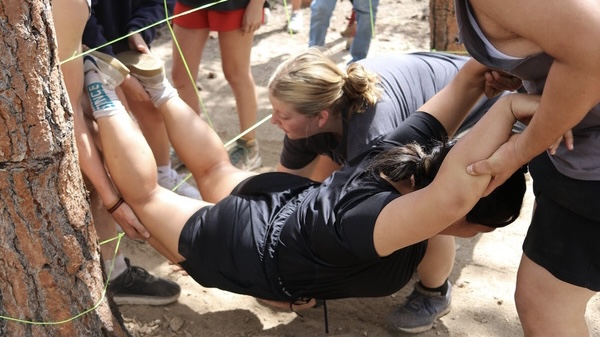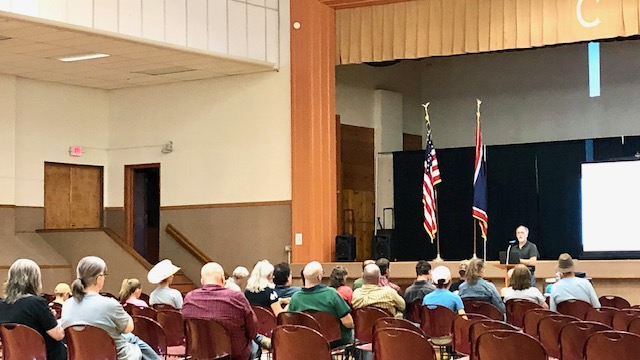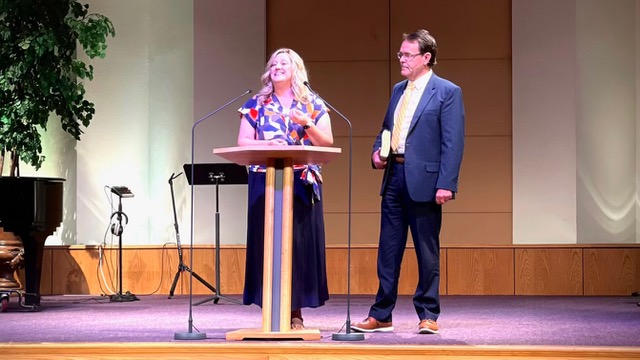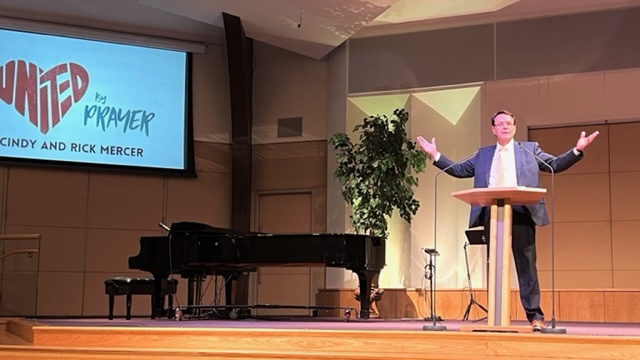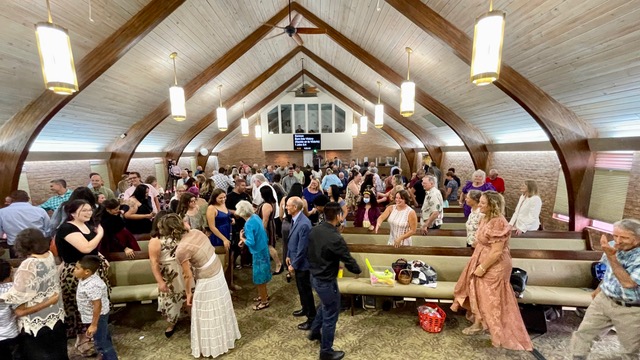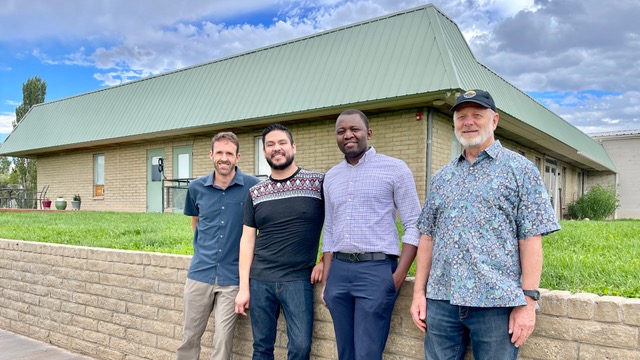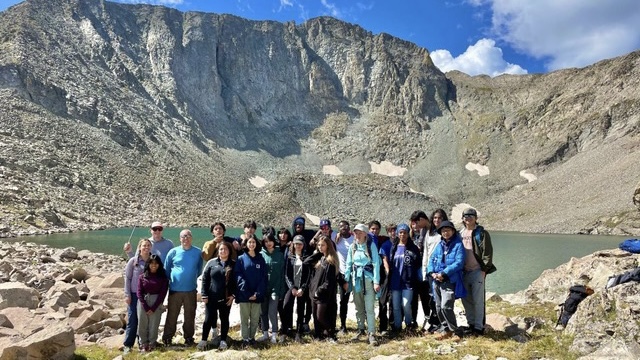Karrie Meyers – Highlands Ranch, Colorado … Classrooms are abuzz, and Mile High Academy halls are once again filled with the chatter and laughter of students as the new school year begins. But there’s no question–the busiest location of all is the MHA front office.
“We have processed more than 230 students for this school year with several more applicants still in progress and set to join us after the Labor Day holiday,” said Brenda Rodie, vice-president of operations, academics & records. “The front office is a constant stream of students asking questions, adjusting school and work schedules, and picking up school uniforms. I am thankful for our front office team. They work hard to keep the front office running smoothly and make sure each student’s needs are met. These kids truly become our family.”
In addition to meeting several new members of the teaching staff, students have also appreciated numerous campus updates that took place over the summer. Thanks to funds obtained through the AdventHealth Secondary Education Grant, the campus received a much-needed landscape update, which included pulling out overgrown shrubbery and trees and replacing them with drought-tolerant vegetation and rockscaping. Utilizing existing space behind the Lower School, an outdoor track was created to use for PE, recess, and general exercising. Fourteen classrooms received much-needed LCD displays, replacing old projectors. The displays not only make it easier for students to see in bright classrooms, but also incorporate touch technology, making learning fun and accessible.
“We are grateful for AdventHealth and their passion for Christian education,” said Andrew Carpenter, MHA principal. “Through their financial help, MHA and schools all around the United States are able to provide necessary updates to facilities as well as advance education to whole new levels. In return, their kindness reflects on the lives of our students as they prepare to go into the world to do Christ’s work.”
Last spring, the MHA gym suffered water damage to the floor. Additional financial donations allowed for the damaged portions to be replaced, and the floor to be refinished with new lines and logos.
“The gym floor looks really shiny,” said Layten M., student. “I like that. It now says, ‘Mustangs’ on the sidelines.”
A dedicated weight room was created for the Upper School and has already been put to good use as student athletes prepare for their Mustang season. Several new layers of mulch were added to the playground, and classrooms received new paint. The Upper School commons area also was rearranged, and a giant Scrabble game was hung on the wall, encouraging students to find new ways to form lasting friendships.
MHA hosted several summer events to reconnect new families with current ones. The events were held for each section of the school and included games, food, and laughter.
Reflecting on the start of the new school year, new MHA parent Myles Johnson said, “We have experienced an abundance of love from the school community ever since the time we toured, [enjoyed] the summer events, and so on. We can tell that our kids are loved by their teachers and the staff. We feel very blessed to have found Mile High.”
–Karrie Meyers, Mile High Academy communication director. Photos supplied.
